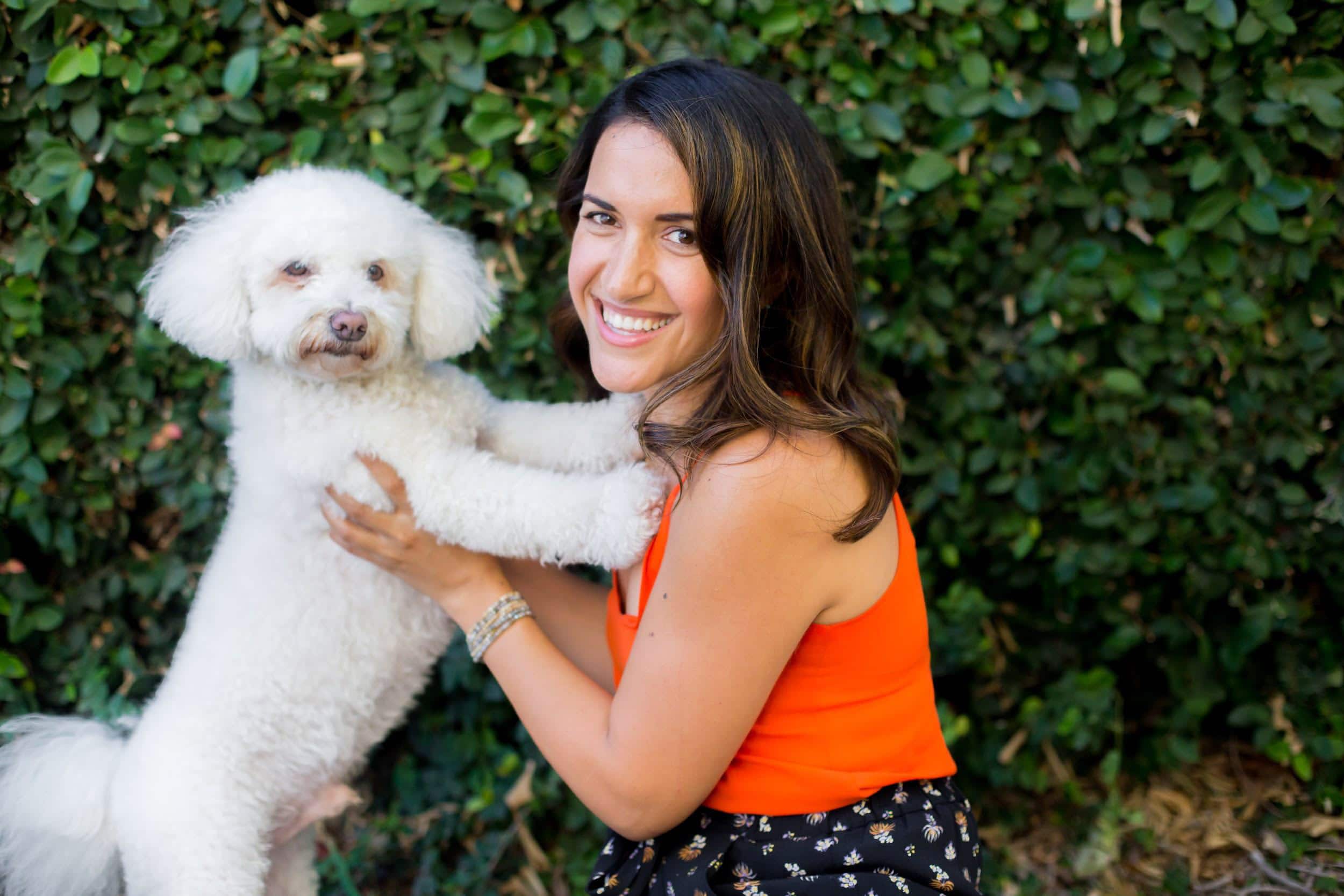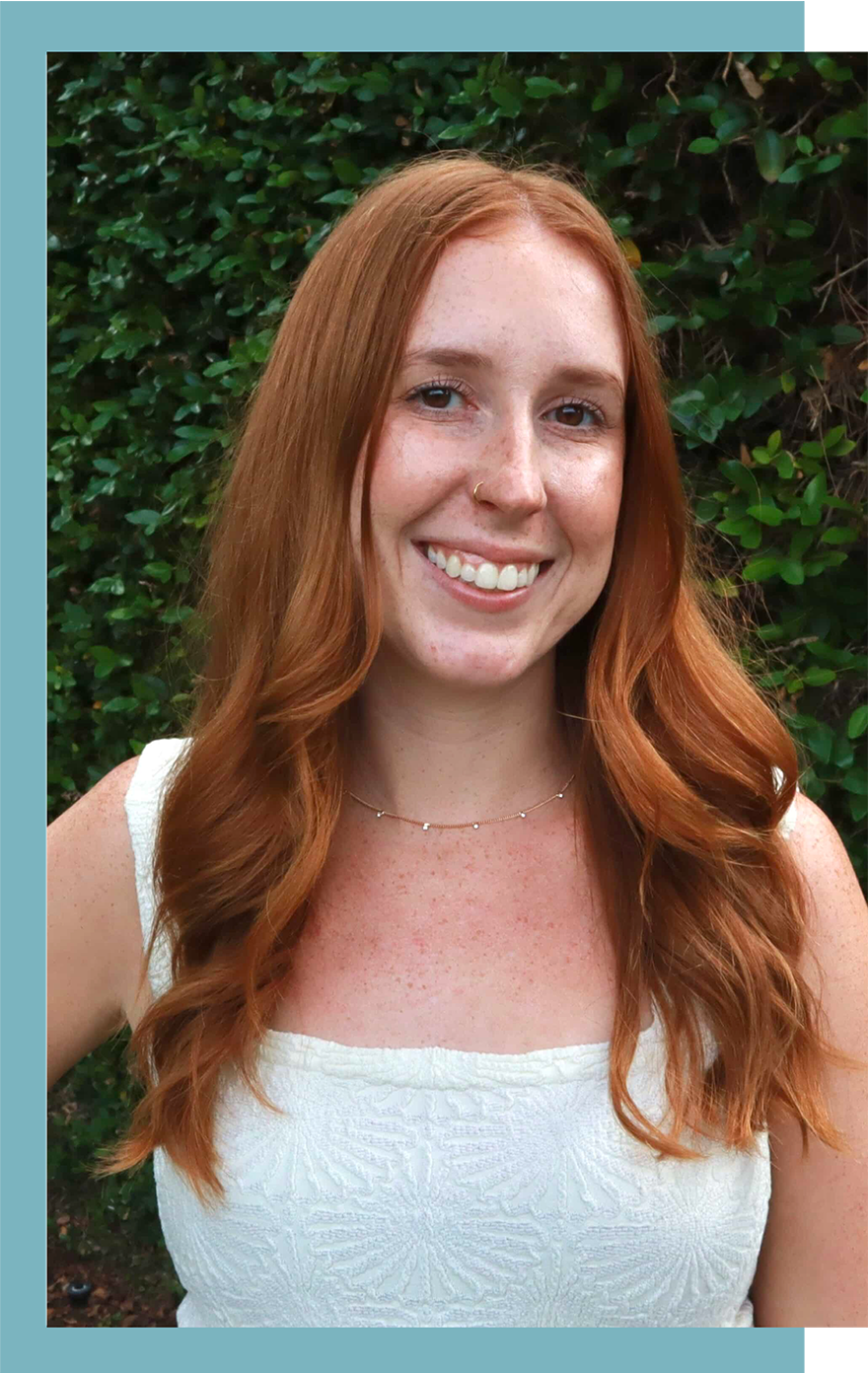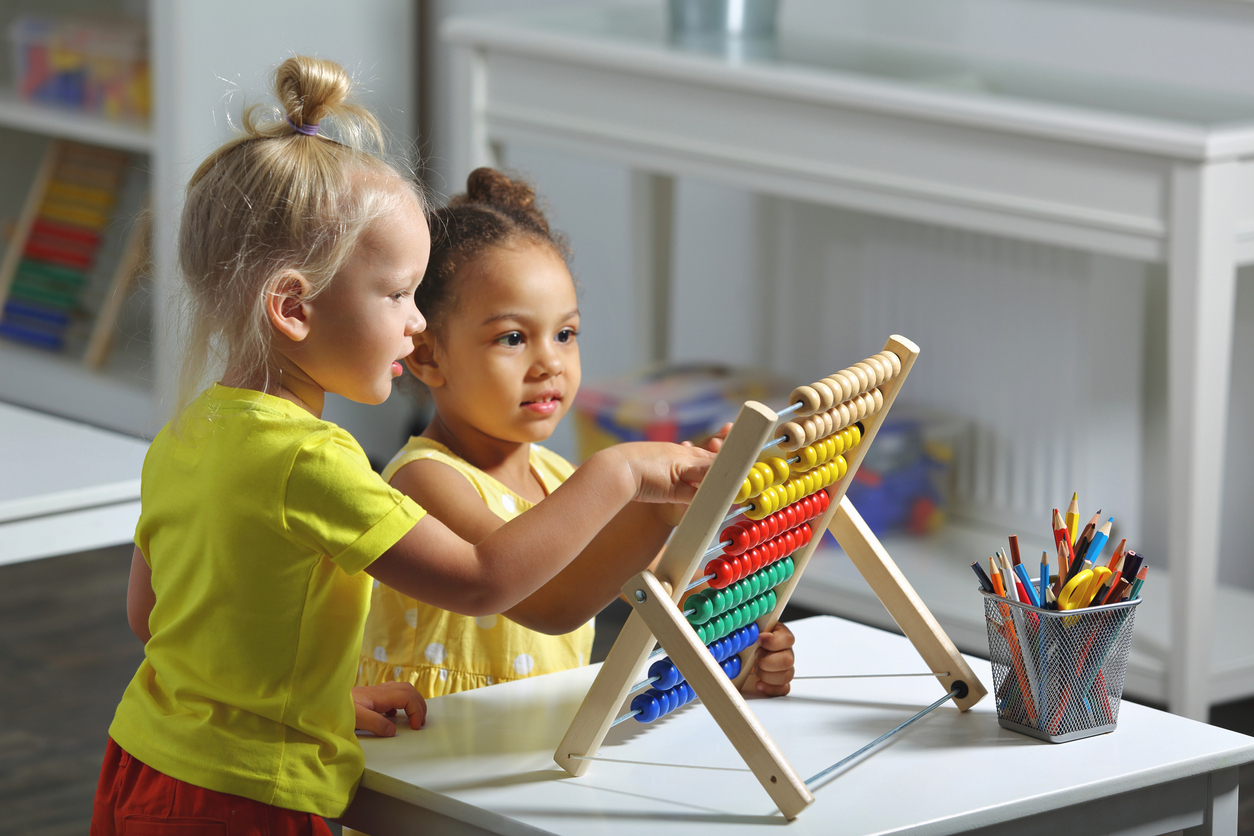“I’ve Been Told my Child is a Gestalt Language Processor! What do I do now?”
In my therapy office, Gestalt Language Processing (GLP) is a hot topic among parents who have a child diagnosed with Autism. Finding information about GLP is few and far between, and for most parents, this is an entirely new concept. It is estimated that around 85% of Autistic people are gestalt language processors, and if this is the case, then why are we not affirming this style of communication? I see and recognize the frustration in the parents when they say “Why have other providers not done this with my child before?” The truth is, this is not a common topic that is taught in graduate school. That’s why as Speech Language Pathologists (SLP), we must seek out further training and research to gain knowledge on different styles of learning, including gestalt language processing.
We usually think of language acquisition as learning a word, combining that word with another to make a word combination, combining words to make a sentence, and then we have full conversations. This is called Analytical Language Processing, where language is learned in small independent units. We then build on those single units to build phrases and sentences. This approach is one of the most widely used approaches in speech and language therapy when working on language acquisition. This is not what gestalt language processing is, quite literally it is the opposite!
What is Gestalt Language Processing?
Gestalt Language Processing (GLP) is a valid form of communication where language is acquired through meaningful chunks or delayed echolalia. Delayed echolalia happens when someone uses messages heard in the past and repeats those messages. These messages may have been learned minutes, days, weeks, and months ago. In our field, there has been a common misconception that these chunks or scripts do not hold meaning, but they do!
These meaningful chunks can range from a single word to a whole script from a TV that your child loves. Rather than the word “fish” having its literal meaning, a GLP child might use the word “fish” to hold the meaning of ocean, pool, or even water. Rather than labeling “ocean” you might notice that they are using “fish” instead, to them, fish holds the same meaning as ocean. Likewise, your child comes up to you and says “We’re going to the beach” which holds the meaning of “I want to go swimming.” The phrase “we’re going to the beach” could have been acquired from a TV show they love. When a child uses a script with intention, we should honor, affirm, and accept it!
How do I know my child is a Gestalt Language Processor?
There are a few things that can help an SLP determine if a child is a gestalt language processor. One of the most common indicators is the use of echolalia. We talked a little about delayed echolalia above when a phrase is stored and used later. There is another form of echolalia that we listen for, this is called immediate echolalia, this is where the child repeats exactly what someone says immediately following it being heard. These two can be one of the biggest indicators of a Gestalt language processor. Although it is a huge indicator, children who are not gestalt language processors can also use echolalia, but with a reduced frequency.
Another common thing parents report is “My child has been in speech therapy for a while. They have a lot of single words but don’t seem to put them together. They mostly require a word-for-word model to produce phrases.” When a GLP is approached with an analytical language processing style, they might get stuck using single words. Like the example above, the word “fish” can hold multiple meanings, the same as the word “want” so adding these two words together might be difficult given they hold two separate and complex meanings. This leads to another indicator, that traditional speech therapy approaches seem to not be working.
Scripts can take the form of a single word, short phrase, sentence, or even long story length- scripts. These stories can be intelligible, you understand every word being said and can tell where the script came from. It can also sound like strings of unintelligible jargon, or babbling, that is rich in intonation. Within this jargon, if you listen closely, sometime words will be made clear or you might begin to make out words within the script! This can sound like “unintelligible….balloons….unintelligible.” The script being used might be longer, however, your child might make one word clear for you to understand that they are communicating.
These are all forms of valid communication, let’s honor them! Even though the language being used might sound restricted or the content doesn’t fit the context, your child is still communicating with you and that should always be acknowledged. Your kiddo’s scripts might hold a different meaning than they were originally intended and that’s okay, we must validate and honor any communicative intent!
How does this change therapy?
When a child is found to be a gestalt language processor, the clinicians’ therapy approach should change! Switching from an analytical approach to a gestalt language approach is affirming to children who use scripts to communicate. The therapist will change to a Naturalistic Language Acquisition (NLA) approach to therapy. The NLA framework breaks down gestalt language processing into four main stages. These phases guide the GLP to self-generated grammar by breaking down gestalts into single words, then building it back up again. The goal of this approach is for the child to begin understanding that words hold individual meanings.
Stage 1 – Echolalia
Stuck single words, use of rich intonation with jargon, or use of whole gestalts to communicate meaning. These gestalts can be long, you might hear them as lines from movies, TV shows, or conversations they have heard.
“We’re going to the beach”
“It’s time to go”
“Let’s get it”
“That’s right goof”
Stage 2 – Mitigation
This is when your child begins to mix and match gestalt from the first stage, parts are taken from the original gestalt and mixed with others to create a new message. These gestalts can also be shortened.
“We’re going to” + “go”
“It’s time to go” + “to the beach”
“Let’s get” + “goof”
“That’s right”
Stage 3 – Single word or two-word combinations
In this stage you will notice single words again, these are different than the stuck single words from stage one. These are freed from other gestalts. They may also begin to use two-word combinations that usually take the form of noun + noun, adjective + noun, noun + adjective, etc. In this stage, we are not worried about grammar.
Beach, goof, right, time
“Right goof” “beach time”
Stage 4 – Self-Generated Grammar
The words that have been freed in stage three can begin to be put together to form self-generated phrases or sentences. Within this stage it is okay to not have perfect grammar, that will be targeted within the later stages of the NLA framework.
“We gonna go beach”
“Time let’s go”
“Goofy goed beach”
This framework help guides the clinician through their therapy process, further empowering children to use their voices while affirming their interests. This style of therapy is completely child-led and it looks like play. When you honor all styles and meet your kiddo in their strengths, you notice huge shifts. Kids are more engaged, happy, and free to be themselves. All the more reason to accommodate, honor, and celebrate your child’s communication style!
What’s next?
Gestalt language processing is not considered a disorder, it is just considered a style of processing and learning language. Although it is commonly a learning style of autistic people, your child can be a gestalt language processor without having autism. It’s important to use the strengths of children to empower their voices. When forcing them to learn in a style that is not their strength we tend to stifle their ability to communicate. This is very true when a gestalt language processor does not receive therapy that plays to their strength.
It is incredibly important for all members of your child’s service team (i.e. occupational therapists, physical therapists, teachers, paras, ABA therapists, family members, etc.) to also be on board with shaping their therapy style around this communication approach. When it is not carried over across all therapies and settings, it can be counteractive. Providing therapy through a gestalt language processing approach is maximizing your kiddo’s learning style and empowering them. If one therapist is not on board it may cause more confusion for your kiddo, when it comes to expressing yourself, this is not something we want! Team collaboration is incredibly important when seeking out a therapist to work with your GLP, discuss with your SLP ways to collaborate with your child’s other service providers.
If your child is autistic or you suspect your child is a GLP, seek out a therapist trained in Gestalt Language Processing or find one knowledgeable of it. At Valued Voices we have two NLA-certified therapists and all other clinicians, including our occupational therapists, are trained to work with gestalt language processors!
References:
ASHA Practice Portal – Clinical Topics: Echolalia and Its Role in Gestalt Language Development
Blanc, M. 2012. Natural Language Acquisition on the Autism Spectrum: The journey from Echolalia to Self-Generated Language. Madison, WI: Communication Development Center Inc.
Meaningful speech – echolalia education – gestalt language processing. Meaningful Speech Echolalia Education – Gestalt Language Processing. (n.d.). https://www.meaningfulspeech.com/home

SHOLEH SHAHINFAR
M.A. CCC-SLP, RYT
Sholeh Shahinfar is the Founder of Valued Voices, a licensed Speech Language Pathologist, Child Communication Specialist and Certified Oral Motor Therapist. She is passionate about uplifting children’s voices in the world and inspiring self-expression. In her free time, Sholeh embraces a vegan lifestyle, loves going to the ocean, exploring nature with her pup Kobe, practicing yoga, traveling, and spending time with her loved ones.

BAYLEE BROWN
M.A. CCC-SLP
Baylee has always found a passion for helping others. As a Speech Language Pathologist, she uses this passion to empower clients to find and develop effective ways to communicate. Baylee has a Master of Arts in Speech Language Pathology from Wichita State University in Kansas. There she gained clinical experience in a variety of areas, ranging from disorders of written expression, autism spectrum disorders, articulation disorders, language disorders, developmental delay, to early intervention and identification. In her spare time, she enjoys going to Zumba, yoga, hanging out with her friends, and trying new restaurants. Baylee is new to California and excited to explore a new place, when you see her give her suggestions on places to eat and things to do in the area!

